AI Image Generator
Realize your ideas — create image from text with AI online
AI Model
Style
Aspect ratio

Explore what it can become
Results
Explore a new level of creativity
Our advanced text to image AI generator allows you to create unique images and art from a simple description. Enter any prompt and select the art style to get a stunning realization of your idea.
Generate artworks in any style
Look at the examples of images created by our online AI generator to get some inspiration.
You can choose the style in our templates or describe the concept you need comprehensively and thoroughly in the prompt.
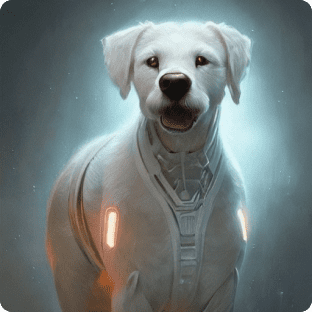
“white dog"
sci - fi style

“girl with hat”
oil painting style

“field with flowers”
watercolour style

“man with beard”
cartoon style
Frequently asked questions
How to get the best result?
In what language can I enter a query?
How does AI generate images?
What styles may I use?
What tariffs users can use this service?
Can I save the image I have created?
Why do I have to wait for an image to be created?
Where can the created images and artworks be used?
What is “negative prompt”?
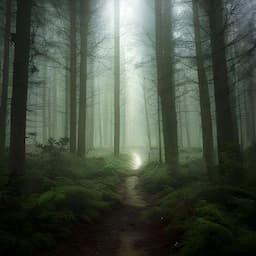
Prompt: Mystery forest
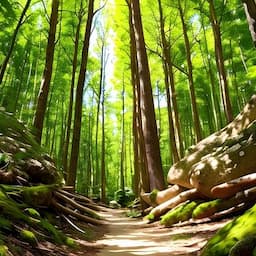
Prompt: Mystery forest Negative prompt: fog, darkness

Prompt: Boy on the moon

Prompt: Boy on the moon Negative prompt: Space suit
What is “seed”?
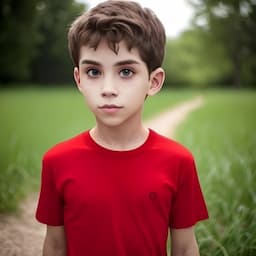
Prompt: Boy in red T-shirt
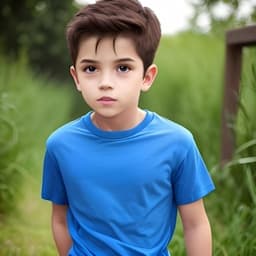
Prompt: Boy in blue T-shirt

Prompt: Boy in yellow T-shirt

Prompt: Boy in beige T-shirt
What is “steps”?

Prompt: cosmic wolf
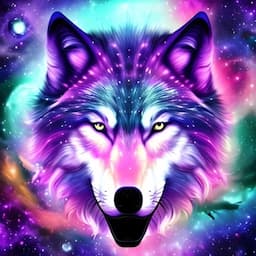
Prompt: cosmic wolf
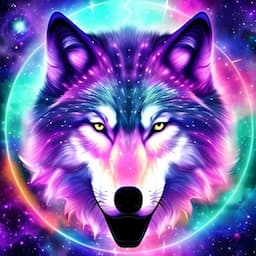
Prompt: cosmic wolf
What is “sampler”?
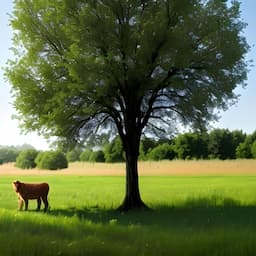
k_dpmpp_2m

k_dpmpp_2s_a
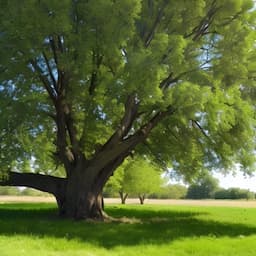
plms

ddim
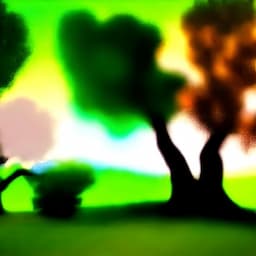
k_dpm_fast

k_dpm_adaptive
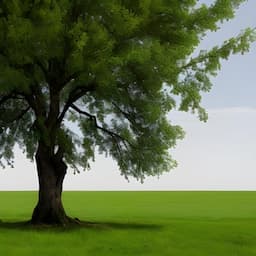
k_lms

k_dpm_2
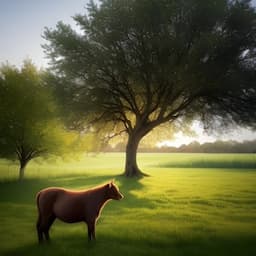
k_dpm_2_a

k_euler

k_euler_a
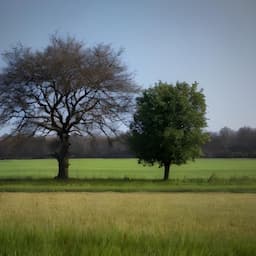
k_heun